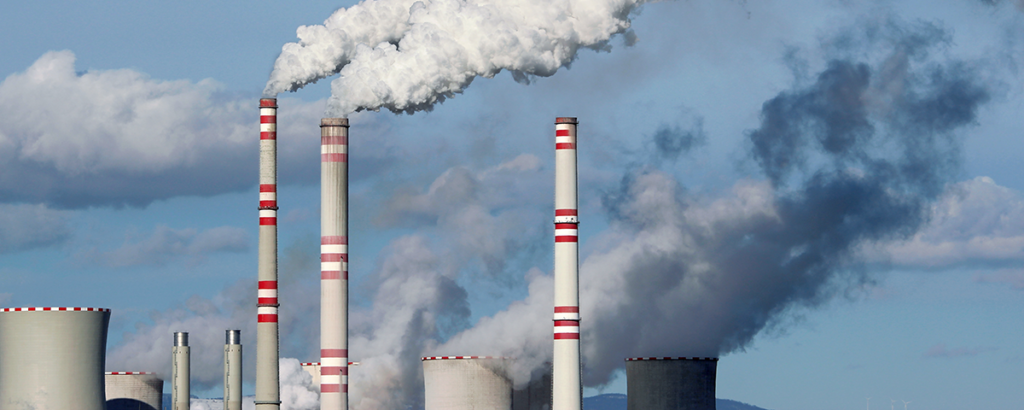EU ETS update: Will Europe limit market access for speculators?
By Eron Bloomgarden, Partner at Climate Finance Partners (CLIFI)

The European Parliament is set to propose restricting market access to the EU’s Emissions Trading System (EU-ETS) in an effort to clamp down on what some lawmakers call excessive speculation in the bloc’s carbon market.
In the past three to four years a number of stakeholders and European member states have argued that EU emission Allowance (EUA) prices have risen too far, fuelled by an inflow of speculative and investment capital and that prices, which have risen nine-fold since 2018, are now causing significant economic harm to the region’s industrial complex.
EUA prices rose from €8 to €25 in 2018, from €25 to €33 in 2020, and from €32 to as much as €90 in 2021. The market is currently trading at around €81 on Europe’s ICE Index exchange.
In 2021, the European Commission had the European Securities and Markets Agency (ESMA) investigate the role of speculative traders in the EU ETS, and its report found no signs of any abnormal or abusive trading.
“Overall, ESMA considers that the data analysis has not unearthed any major abnormality or fundamental issue in the functioning of the EU carbon market from a financial supervisory perspective.”
This is borne out by exchange data, which shows that out of a total derivatives market position of more than 2.3 billion EUAs in December 2021, investment funds – a category that includes ETFs such as the KraneShares Global Carbon Strategy ETF (Ticker: KRBN) and KraneShares European Carbon Allowance Strategy ETF (Ticker: KEUA) – held just 62 million EUAs (2.7%).
For comparison, financial and credit institutions such as banks held net short positions representing more than 1.7 billion EUAs at the same time. Banks are typically involved in serving compliance buyers, and will hold large physical portfolios that are hedged with short futures positions.
ESMA’s report also noted however the emergence of financial investors “and instruments” with buy-and-hold strategies, and warned that “they may lead to a reduction in the supply of physical emission allowances available for trading”.
But in its findings, the agency concluded that “the observed evolution of carbon prices and volatility seems to have followed market fundamentals,” and suggested only that the Commission might consider imposing position management controls for derivatives.
It’s worth noting that while the European Parliament’s proposed regulation would prevent financial players from opening registry accounts, this would not affect participation in the derivatives (futures) market, and few stakeholders see any realistic way, beyond setting position limits, that regulators could prevent investors from participating in the EU ETS.
Financial investors generally do not want to take physical delivery of EUAs: the work and time involved in transferring EUAs between registry accounts reduces the flexibility that investors require to move in and out of positions quickly.
Consequently, most market participants do not believe that the proposed regulation would have any significant impact on the functioning of the market, nor on the liquidity and volatility in prices.
It may instead impact the ability of compliance entities – industrials and power generators – to meet their compliance requirements, since some intermediaries may no longer be permitted to hold physical EUAs.
The proposed change to the regulations would not affect vehicles that invest in futures or other derivatives contracts, including KRBN. The current proposal would be limited to preventing non-compliance participants from holding physical EU Allowances.
The proposed regulation is due to be voted on by the full Parliament at the start of June, after which it progresses to negotiation between the Commission, Parliament, and Council of member states. These negotiations also include the full “Fit for 55” reform package for the EU ETS, including proposals to tighten the overall cap on emissions through to 2030, to bring maritime emissions into the market for the first time, and to impose a Carbon Border Adjustment Mechanism (CBAM) on third-country imports.
Some traders are optimistic that the regulation may not pass the co-legislation process, as the Commission may instead be guided by the ESMA report and member states may not all agree on the measure.
However, it is clear that the topic of non-compliance participation in the market is unlikely to go away, and that the Commission may well begin considering other ways to mitigate the impact of financial speculation.
For KRBN standard performance, top 10 holdings, risks, and other fund information, please click here.
For KEUA standard performance, top 10 holdings, risks, and other fund information, please click here.
R_KS_SEI


















